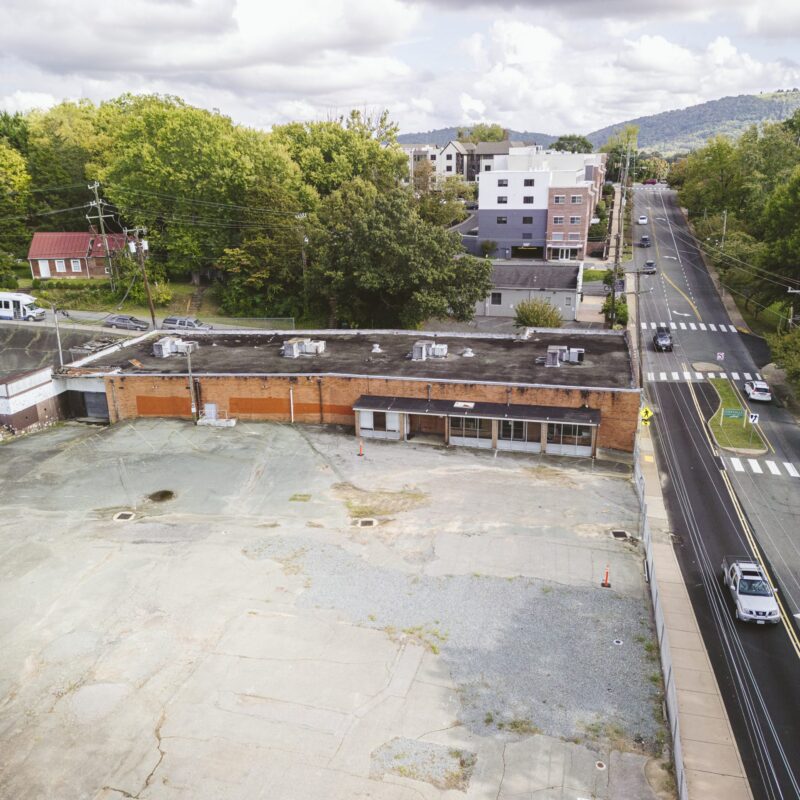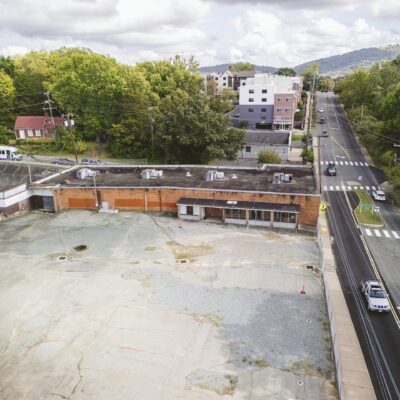Last weekend marked our annual ritual: pulling out the seeds we’d recently gotten in the mail and carefully planting them in seed flats, to be nurtured and coddled through the upcoming weeks until they can be moved outside to the garden. It’s a fun, precise task: depositing those little packets of genetic potential and covering them over, pondering the big plants they’ll eventually become.
The sticking point in this routine has always been the soil itself. We’ve used various storebought potting soils over the years, with our experience bearing out the truth that not all soils are created equal. One notorious year, when we lived in a second-floor apartment and could only raise veggies on our balcony, we grew successful and yet eerily tasteless green beans in cheap potting soil.
More recently, we’ve spent more for the soil but still haven’t been totally satisfied, in part because we’re never entirely sure what’s in the premixed soils. (The one we’ve been using, for example, apparently contains a suspicious-sounding "wetting agent.") The other option is to mix your own. And so, this year, we did.
In researching how to do this, we found this article on Mother Earth News, which explains how to not only mix your own soil, but to produce all the components thereof–cured compost, leaf mold, rotted sawdust, etc. The author also makes clear how bagged soils, with their exotic materials, are pretty unsustainable.

Not perfect, but better.
Reading this the day before we planned to plant, we realized that we were out of time for truly homegrown potting soil. So, we took the middle path: We bought compost, peat moss, and perlite and mixed them in a 2:2:1 ratio. And we resolved that we’ll start preparing now so that next season, we can produce our own. I remember first hearing about the "closed-gate farm" concept through Louisa’s Ploughshares Farm, and I’m reminded of it now: growing food without relying on materials from off your own land. Certainly a worthy goal.
Anyone else mixing their own soil? What’s your recipe?



